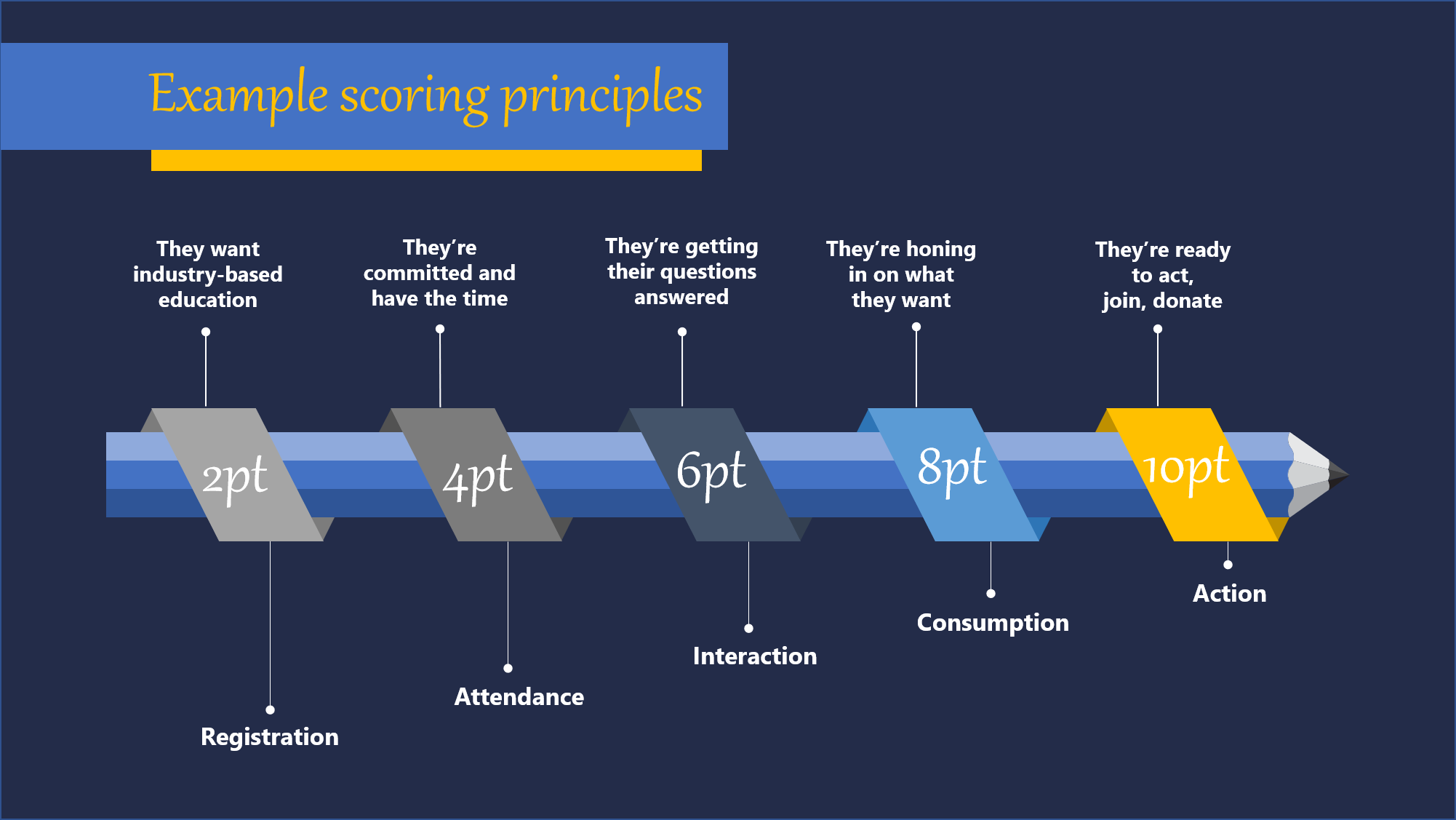What are the tea leaves telling you about your virtual event?
Lead Generation & Growth Strategies | Data Analysis | Lead Scoring | data management | virtual conference
Kate Hudson was onto something. And not because she did the 60s style purple sunglasses and cream-colored boa right in the year 2000 Almost Famous film. Rather, in the same film, she coined the phrase, "It's all happening."
That's what comes to mind when I think of virtual event shift.
Whether we're prepared for it or not, virtual events are happening. They're here and they're not going away. While in-person conferences will start to crawl back out of the cave, the sheer flexibility, potential cost savings, and, yes, data traceability afforded by virtual conferences will undoubtedly turn hybrid event models into the norm.
While for many associations, virtual events have been both convenient and cost-effective, for others, virtual events simply don’t take the place of their face-to-face cousins. After all, in-person events offer intangible opportunities for networking (think casual conversations over lunch and Happy Hour “meetings”).
Still, when you start to peel the layers of the digital onion, you find that virtual events offer up more easily actionable data year-round. And when you know how to measure and leverage that data, you open a whole new world of marketing possibilities for your association.
-
Badge info
-
Session attendance
-
Post-event surveys
This is great, and it’s what we’ve come to expect over the years. But the data points are limited. It’s impossible to capture that critical Q&A you had with a prospect at the end of your session, or the lightbulb moment you had with a member over lunch.
With virtual events, the immersive aspects are, of course, limited. But, the data "traces" increase exponentially. Suddenly, the valuable demographic, session, and survey data collected at your in-person event is supplemented by much deeper engagement data that indicates what your prospects and members want to hear, and what they find most valuable.
As a marketer, this is a goldmine of information for you and your team. Not only will you be able to trigger campaigns off of attendee engagement, you’ll get insights on the highest ranking content throughout the event. This can set the stage for your content strategy moving forward.
This allows you to repurpose content into subsequent lead magnets and nurture campaigns. And all of this data provides you with an actionable framework for future digital experiences.
So let's take this concept and apply it to your virtual conference. Consider a micro lead-scoring exercise where you apply the same evergreen principles to your virtual event. Let’s take a look at how this could work:

From this point, you’ll get your team together and establish customized nurture journeys based on the number of points earned by each cohort. For example, your journeys could look like this:
- Those who registered but did not attend should receive a blanket email saying that they were missed with event highlights and session recordings. They’ll then be sent through a nurture journey that repurposes top-of-funnel educational content from the event.
- Those who attended will receive a thank you email, session recordings. They'll then be sent through a mid-funnel nurture journey.
- Those who interacted during event sessions should receive session recordings, and specific content that addresses their questions or comments from each session. This will send them through end-funnel nurture campaign specific to their indicated interests.
- Those who consumed content (downloads, etc.) should receive session recordings and specific content and programming that’s relevant to the information they sought out during your event.
- Those who took action (acted on a CTA) should receive session recordings and should be passed to sales to nurture them to conversion.
This type of lead scoring and journey building is possible thanks to the wealth of data collected during virtual events. Not only do you collect aggregate data (as you would during an in-person event), you collect data down to the contact level for segmentation purposes.
This all sounds great in concept, right? But let’s take a look at how you make it happen. In order to create this type of micro lead scoring event and leverage it with the appropriate nurture journeys, you’ll need the right ecosystem of technology tools in place.
Here are the technology tools that are recommended:
- Marketing automation preferred (email automation platform can work)
- Virtual Event Platform
- Association Management System (AMS)
- Data integration to make all systems work together
And here’s the recommended process:
- Curate: Take inventory of the content that resonated with the audience
- Weight: Assign point values to content and interactions
- Create: Build the scoring system into your platform
- Relate: Associate your scoring from the event with larger campaigns
With the tools, practices, and processes in place, you quantitatively build relationships with your members and prospects using conference as your spring board.
No matter where you stand on the in-person vs virtual conference debate, it's clear virtual event programming is here to stay, and will more than likely only evolve. Since the in-person experience has its own inimitable benefits, hybrid offerings are a solid option for associations in the future.
About Aimee Pagano
Aimee joins HighRoad Solution with 15+ years of integrated marketing and communications experience, primarily in client-facing roles within the association and SaaS space. Her specialties include persona development, content strategy/management, lead gen and awareness campaign development, and website development/optimization.






